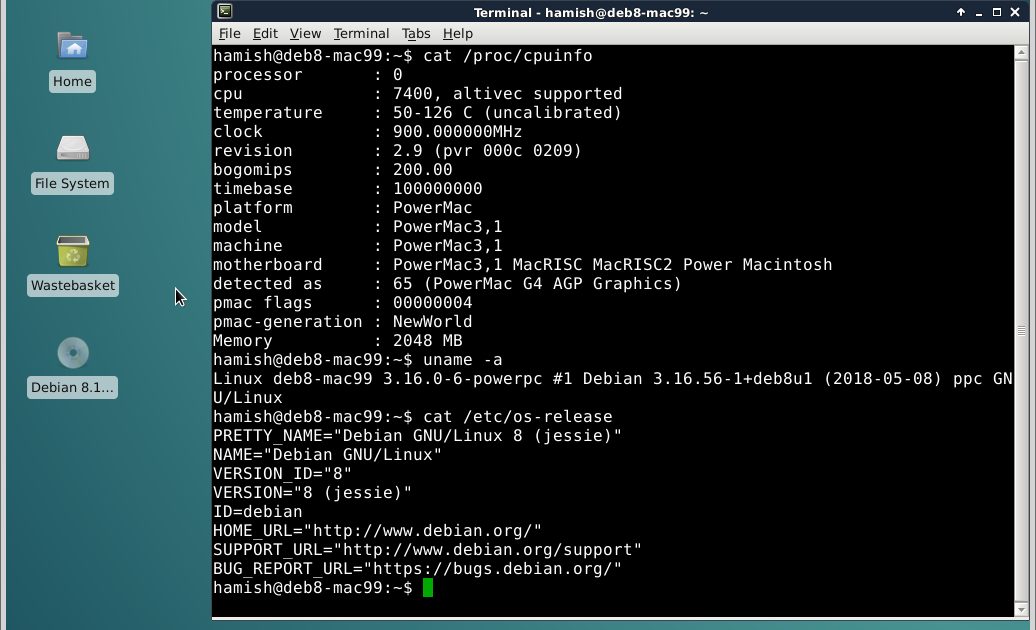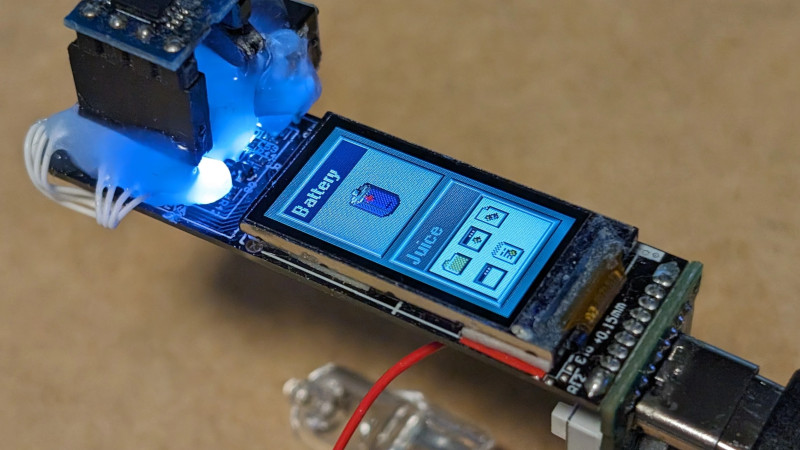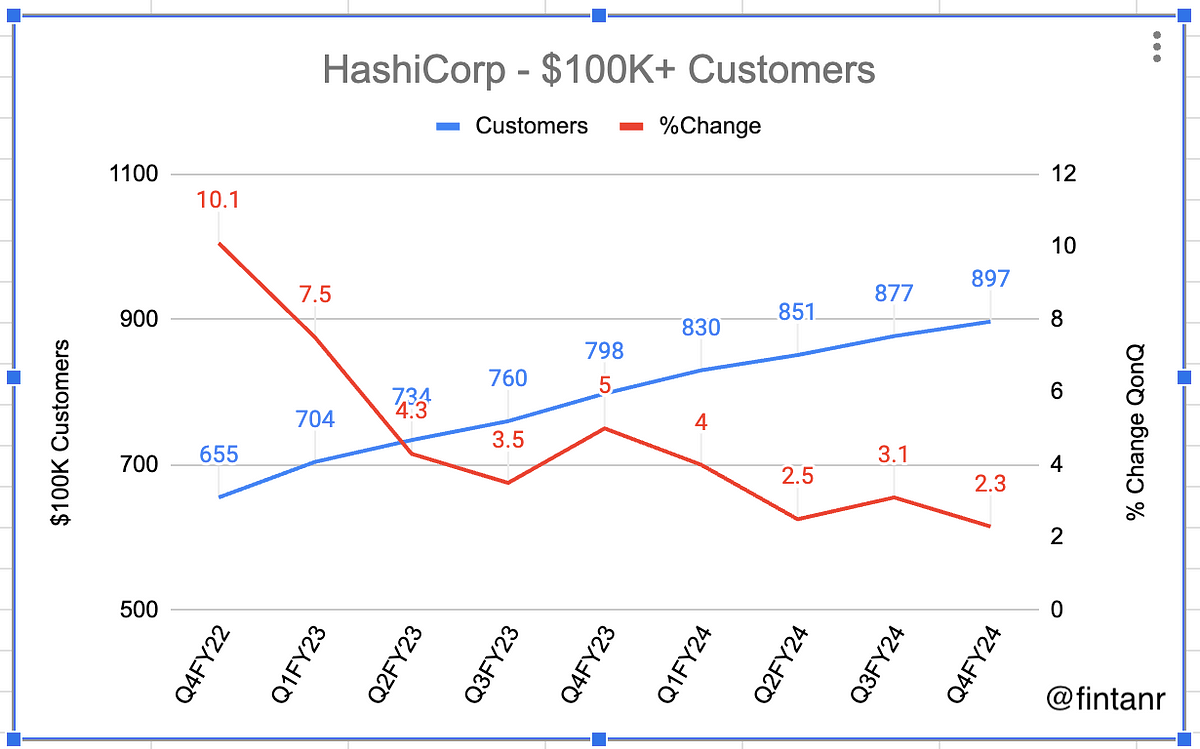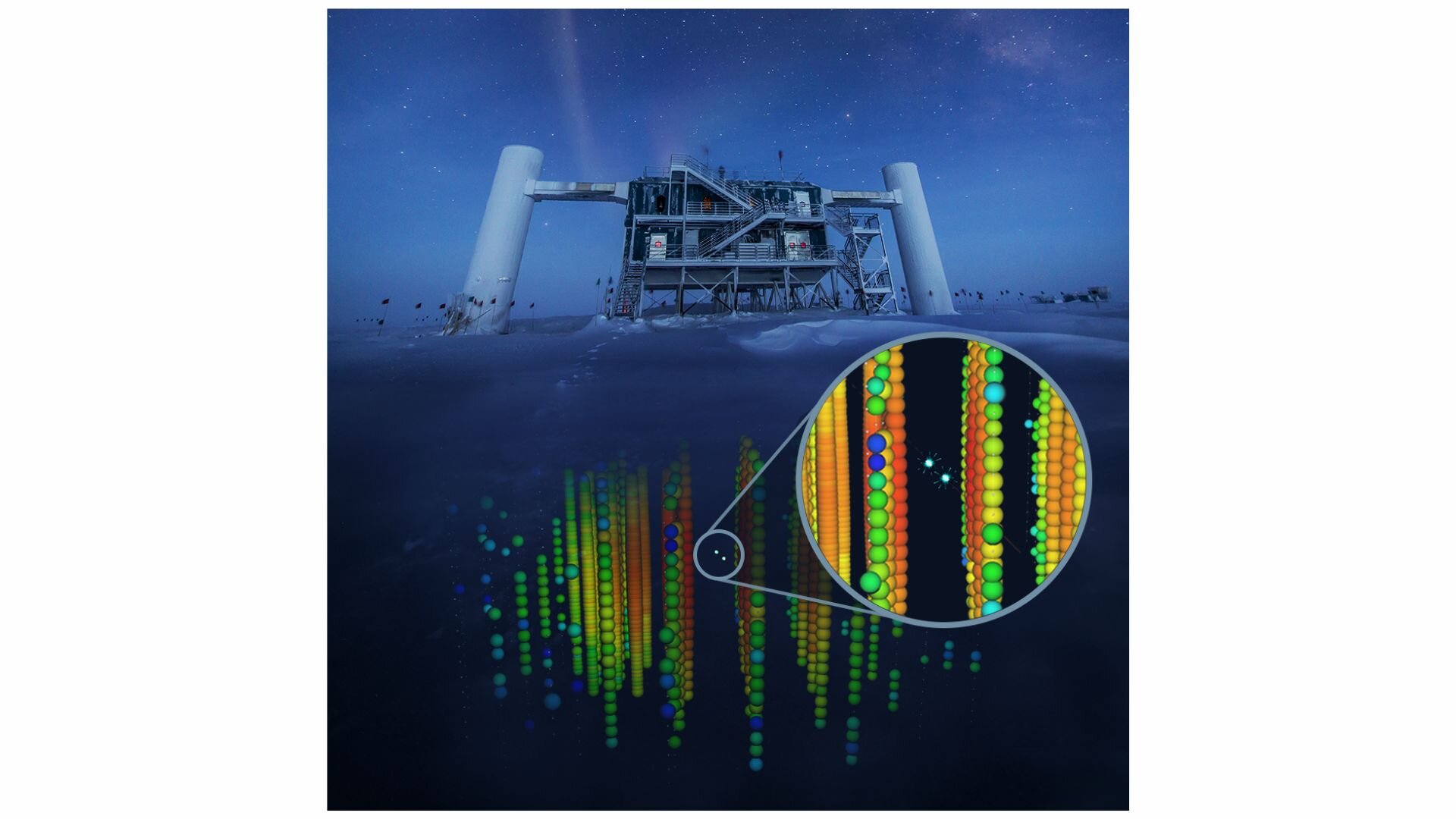
Boxes Of Tat: Linux for PowerPC on QEMU (mac99) - System Information
Back in the 1990s Apple, IBM and Motorola (Wikipedia) got together and created the PowerPC architecture (Wikipedia), which would be used in IBM's RS/6000 series systems, Apple's Power Macintosh systems and many Motorola products, including desktop computers and embedded processors. Apple's short lived licensing of Macintosh clones during the mid-1990s, Microsoft Windows NT supporting PowerPC (alongside Alpha, MIPS, and x86), and Apple supporting MkLinux development, drove additional interest in the platform and saw production of affordable PowerPC desktop computers.
While IBM would continue development of PowerPC into their 64-bit POWER architecture, Apple had cut-off the Macintosh clone business in 1997, and then Apple switched away from PowerPC in 2006. Leaving a lot of PowerPC based hardware in circulation, with few operating system options remaining.
Linux on PowerPC has a long, and somewhat complex history, with initial work beginning in 1994, the first Linux distributions appearing in 1996, and PowerPC support being integrated in the mainline Linux kernels with Linux 2.2 in 1999. While the PowerPC architecture has been sunset by many distributions, a few remain.























